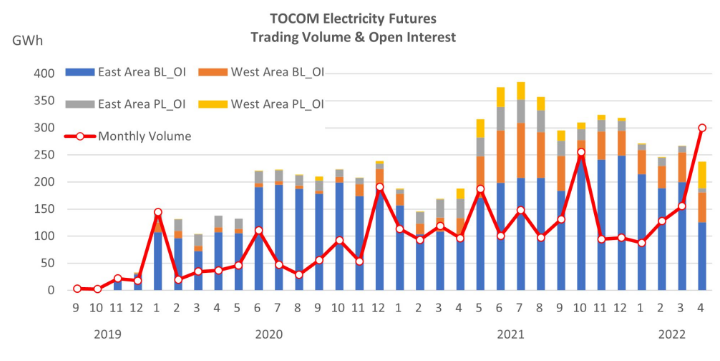TOCOM Energy
OPEC Is Back In Control Of The Oil Market
Saudi Arabia, Russia and key OPEC+ allies said April 2 that they plan to make more than 1.6 million b/d of voluntary supply cuts in total, with the bulk of these reductions starting in May and lasting until the end of the year. These will be in addition to the 2 million production adjustments decided in October last year. As most of the cuts will be made by countries that are producing at or above quotas, which implies a higher share of the announced cuts will translate into real supply reductions than in October 2022.
Oil prices were more than 6% higher on Monday, with JPX Dubai breaking $80 and Brent close to $85. The spread between benchmark Middle East Dubai and Brent is expected to gain further upward momentum as most cuts come from middle east producers.
Before the supply cuts announcement, it’s expected that global oil supply should comfortably exceed demand in the second quarter of the year according to the balance sheet of IEA, EIA and OPEC itself. If taken these supply cuts into consideration, world oil supply and demand should return to balance in the second quarter and the market already in short supply in the second half of the year should be even tighter.
OPEC claimed the measure was precautionary and designed to ensure stability in oil markets. It’s also expected that if the market overtightens, OPEC will reverse this cut along the line. So this isn’t set in stone for the rest of the year, but very clearly defending a floor.
In fact, the production cut is consistent with the new OPEC+ doctrine to act preemptively because they can without significant losses in market share as US is no longer a swing producer.
U.S. oil supply was growing so quickly that America was often referred to as the swing producer on the market, capable of ramping up output quickly when global oil prices and demand were rising. Capital discipline, returns to shareholders, supply-chain bottlenecks, cost inflation, and lower well production combine to hold back production increases. Crude oil production in the United States rebounded in January to an average of 12.46 million barrels per day, according to new data released Friday by the EIA. The level was the highest production level the United States has seen since March of 2020. The EIA has forecasted that U.S. crude oil production will reach 12.4 million barrels per day on average this year.
Though the market is now back in the hands of OPEC, there’re still options for the us to respond to OPEC’s move including easing sanctions on some oil-producing nations.
On the other hand, the move has brought concerns around inflationary pressures back to the fore, adding to worries that higher prices and an aggressive monetary tightening by central banks could tip the global economy into recession.
As the international crude oil market is sensitive to a complex collection of geopolitical and macro factors, there’re more simple indicators to follow: diesel crack spread and the intermonth spread. The intermonth spread appeared to serve as a harbinger of price movements while the diesel crack spreads could be seen as real-time indicator of demand. If the two indicators failed to catch up with the upward trend of oil price, then it should be seen as a waring sign for the crude oil market.






